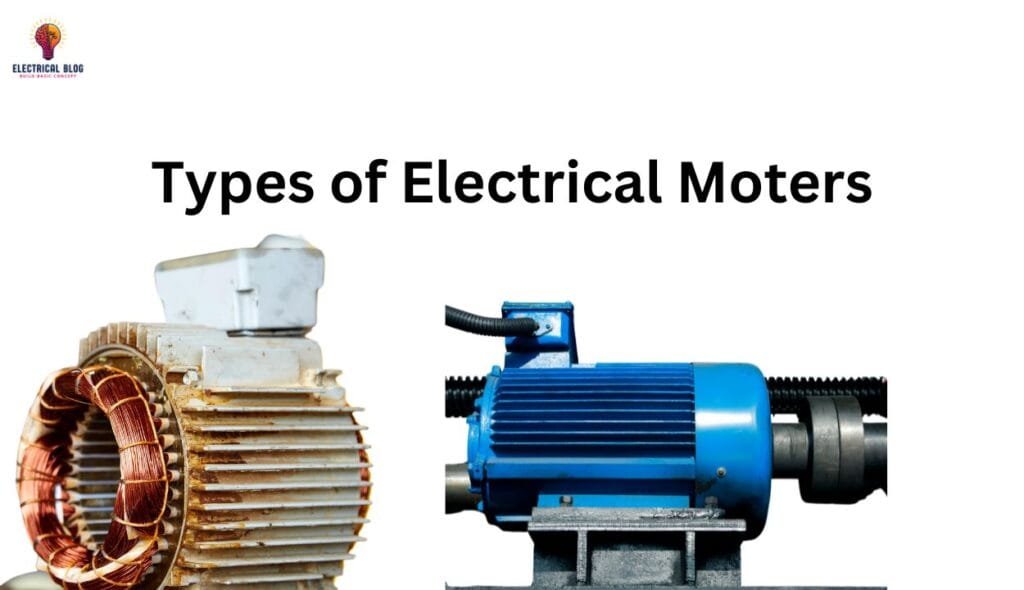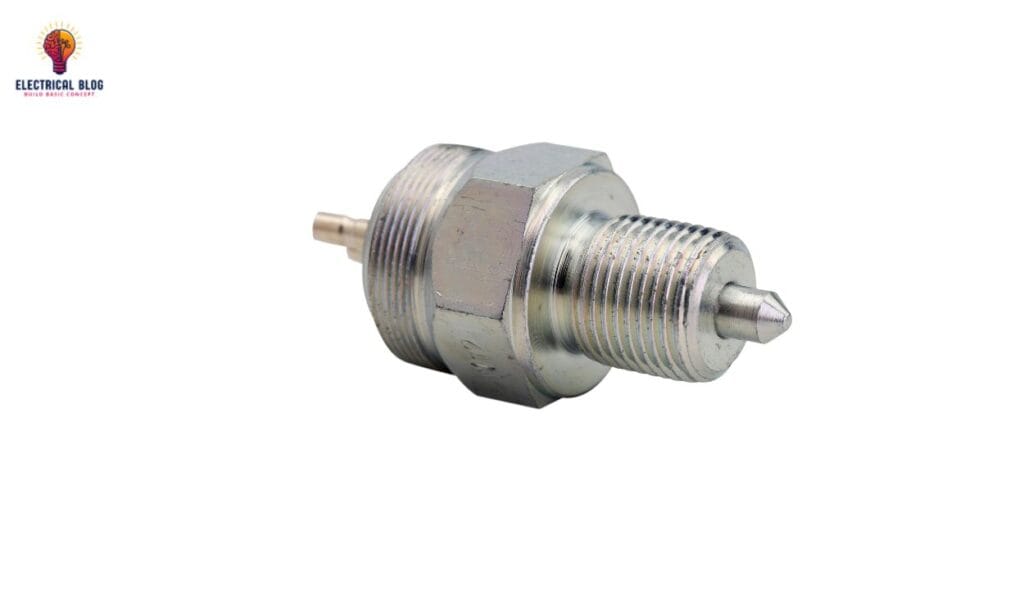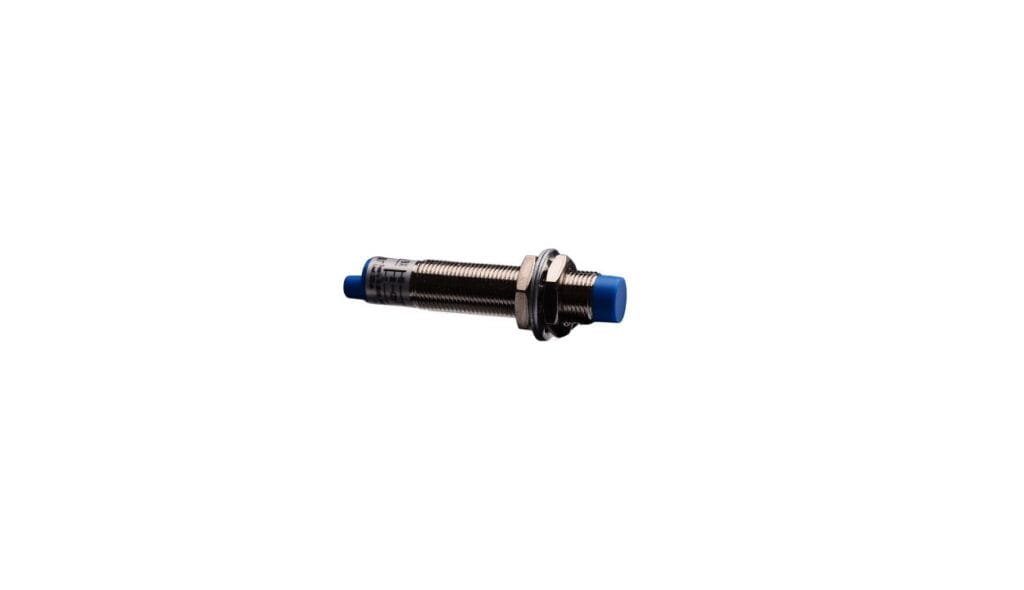Introduction
When it comes to electric machines, choosing the right types of electric motors is crucial, as it directly impacts operation and performance. Over the years, I’ve worked with a wide variety of motors, and each type serves a different role in the industry. The selection depends on several factors, including voltage, torque, and applications. A motor consists of essential parts, such as the armature and field winding, which work together to generate motion. The field winding creates a magnetic force, while the armature interacts with this field to produce energy that turns the shaft.
The classification of motors is largely based on how their coils are arranged and connected. For example, DC motors rely on specific wiring setups to control performance. In my experience, understanding which type of motor best fits a system is key, as not all available options will provide adequate power. The market today offers numerous choices, each designed for different sectors and applications. Whether it’s for industrial use or household devices, a well-chosen motor plays a vital role in ensuring efficiency and longevity.
Different Types of Electric Motors
Electric motors are categorized into three primary divisions.
AC motors
Special-purpose motors
AC motors
The types of AC motors mostly include:
Synchronous Motor
Induction Motor
Synchronous Motor
A synchronous motor is a unique electric machine that operates at a constant speed, maintaining a direct relationship with the frequency of the AC supply. The stator generates a field that interacts with the rotor, ensuring stable rotation with no gap between the two. This precise level of control makes it highly applicable in automation and industries where accuracy is crucial. I’ve worked with various types of these motors, and they perform exceptionally well when precision is required. The working principle depends on maintaining a similar speed between the stator and rotor, preventing any disruption in operation.
Induction Motor
An induction motor is one of the most commonly used types of electric motors, known for its asynchronous operation. Unlike other motors, it runs at a speed slightly lower than the supply frequency, which makes it highly efficient for various applications. The rotor inside the motor works through electromagnetic principles, changing energy from electric to mechanical motion. These motors are classified into two major categories based on construction: the squirrel cage design and the wound phase type. In my experience, the cage version is more durable and widely preferred, while the wound rotor allows for better control. This motor is often referred to by its alternate name, the asynchronous motor, because of its unique speed characteristics.

DC motors
Types of DC motors include:
DC Shunt Motor
Separately Excited Motor
DC Series Motor
PMDC Motor
DC Compound Motor
DC Shunt Motor
A DC shunt motor is a special type of electric motor that works with a parallel connection between the armature winding and the field windings. This setup keeps the speed stable, making it ideal for precision applications. The windings are linked in such a way that the current remains constant, ensuring efficient operation. This motor is also known as a shunt-wound design, where the structure allows smooth performance under varying loads. Many industries prefer this motor because of its reliability and ability to maintain speed under load.
Separately Excited Motor
A separately excited motor is unique because its stator and rotor are powered by different supplies, rather than sharing the same source. This design allows precise control of operation, making it useful in applications where speed regulation is essential. The connection between the windings and armatures is carefully designed to ensure efficiency. The shunt circuit plays a key role, helping to generate the required flux, which strengthens the motor’s performance. By using this method, the field strength can be adjusted independently, making it an adaptable choice in industrial setups.
DC Series Motor
A DC series motor is a powerful electric motor where the windings are connected in series, making it highly efficient for applications requiring strong rotational motion. Its operation depends on a simple electromagnetic principle, which states that a magnetic field is formed around a conductor and interacts with an external field to generate movement. These motors are widely used in starter systems for cars and elevators whenever high torque is needed. The design can handle varying loads effectively, making it a preferred choice in demanding environments.
PMDC Motor
A PMDC motor (Permanent Magnet DC motor) is a special kind of electric motor that uses a magnetic field to function. Unlike traditional motors, it can operate without external excitation because it is inbuilt with a permanent magnet. This design helps make the operation more efficient and compact. The term stands for a motor that relies on permanent magnetism, which eliminates the need for extra windings. Due to this feature, it is widely used in various applications where size and efficiency are necessary.
DC Compound Motor
A DC compound motor is a hybrid component that combines series and shunt windings, making it a versatile electric motor. The stator and rotor are connected through both types of windings, allowing it to handle varying loads efficiently. The series winding is designed with a few turns of wide copper wire, providing a small resistance path, while the shunt winding consists of multiple wires to ensure that the full voltage is applied. This combination gives the motor excellent performance in applications requiring speed and torque control. The motor can be adjusted to suit different power needs, making it reliable for industrial use.
Special Purpose Motors
Types of special-purpose motors include:
Stepper Motor
Brushless DC motors
Hysteresis Motor
Reluctance Motor
Universal Motor
Stepper Motor
A stepper motor is widely used for precise motion control, offering an alternative to continuous rotation by moving in steps. Instead of a whole revolution, it operates in stepwise increments, making it highly applicable in automated systems. For example, a full cycle of 180 degrees can be separated into numerous smaller steps, such as 10-degree movements over 18 times. This means the rotor moves eighteen steps in total, allowing fine-tuned positioning. These motors can be found in plotters, fabrication machines, circuit assembly, and control process tools, making them essential in industrial and robotics applications.
Brushless DC motors
Brushless DC motors were developed to provide superior performance in a more compact space than brushed motors. Unlike traditional AC models, these motors do not have a commutator or slip ring, reducing wear and improving efficiency. Instead, a controller is embedded within the electric motor to facilitate the process of smooth operation. This design eliminates the lack of durability found in older designs, making brushless DC motors ideal for high-performance applications.
Hysteresis Motor
A hysteresis motor is known for its smooth and stable performance, making it applicable in sensitive environments. The rotor is induced with eddy current, which helps generate motion without sudden jerks. This operation allows both 1-phase and 3-phase supply, depending on the construction. One reason these motors are used in audio devices like a recorder or player is their soundproof nature, as they produce small noise levels. Due to this, they are extremely reliable for complicated applications wherever a similar performance to synchronous motors is needed.
Reluctance Motor
A reluctance motor is a synchronous motor that operates on the principle of magnetic reluctance. Its construction is quite similar to an induction motor, featuring a squirrel cage rotor and a stator with windings. The auxiliary winding is very useful during the beginning phase to provide a stable start. Once running, the 1-phase design ensures synchronization, maintaining a consistent speed. These motors are commonly used in precision applications, such as signal processing, generators, and recorders, which require accuracy. The motor offers a reliable level of performance, making it ideal for automation and control systems.
Universal Motor
A universal motor is a special kind of motor that works with both AC and DC supply. It is designed to operate at high speed, often exceeding 3500 rpm, making it ideal for applications requiring quick response. The motor is wound in series, where the armature and field windings are connected together. This structure generates high torque at starting, which is why it is mainly used in household and industrial tools. At low speed, it utilizes similar voltage levels for smooth performance.
Conclusion
Electric motors come in various types, each designed for specific applications based on speed, torque, and power supply. From DC motors like shunt, series, and compound motors to AC motors such as synchronous, induction, and hysteresis motors, each has unique characteristics. Stepper motors provide precise control, while universal motors offer versatility with both AC and DC supply. Advanced options like brushless DC motors improve efficiency by eliminating mechanical components like commutators. Motors such as reluctance and PMDC motors further expand the range of choices, ensuring that industries can select the most suitable motor for their needs.
Read more: Single-Phase Moter




